The Best Museums in Lahore
Here are seven of the most famous museums in Lahore that are worth exploring for any history enthusiast:- Lahore Museum
- National Museum of Science & Technology
- National History Museum
- Fakir Khana Museum
- Shakir Ali Museum
- Army Museum
- Chughtai Museum
Lahore Museum
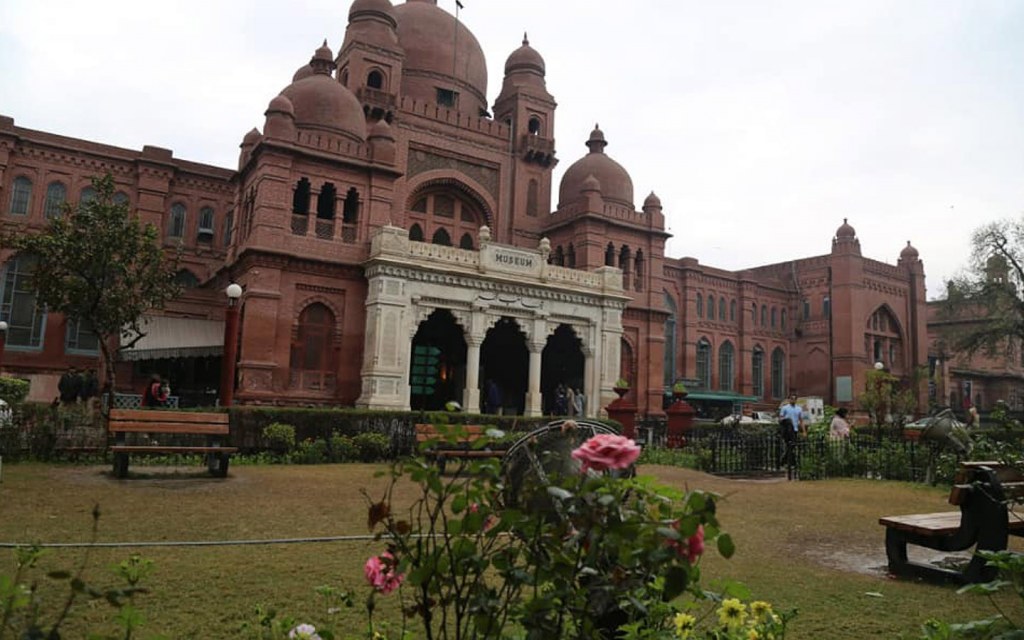
[Credits: Facebook/Lahore Museum]
Historically, the location of the museum was once at Tollinton Market, but the entire collection was shifted to its current location in 1894 after the building was designed by a well-known architect, Sir Ganga Ram. Collections in the museum focus on everything from Buddhist art to relics of the Indo-Greek and Gandhara kingdoms. Mughal-era paintings, pottery, jewellery, armoury, as well as Nepalese and Tibetan artwork is on display here.
Getting to the museum is easy as it is just a short drive away from the Walled City of Lahore, on Mall Road. The building itself is a piece of history along with other historical buildings in Lahore, with domes and columns set on a red brick structure encompassing nearly 28,000 square feet of space. Don’t miss the gigantic mural painted on the ceiling of the entrance hall which is a masterpiece by the famous Pakistani artist Sadequain. However, the museum’s most-prized relic is a statue of the Fasting Buddha from the Gandhara period.
Once inside, you’ll find nearly 60,000 artefacts displayed in 14 different galleries, containing coins, postage stamps, Islamic relics, old manuscripts, paintings, and a history of the Pakistan movement. The Lahore Museum also has its own cafeteria, bookshop, auditorium, souvenir shop, and a research library.
National Museum of Science & Technology
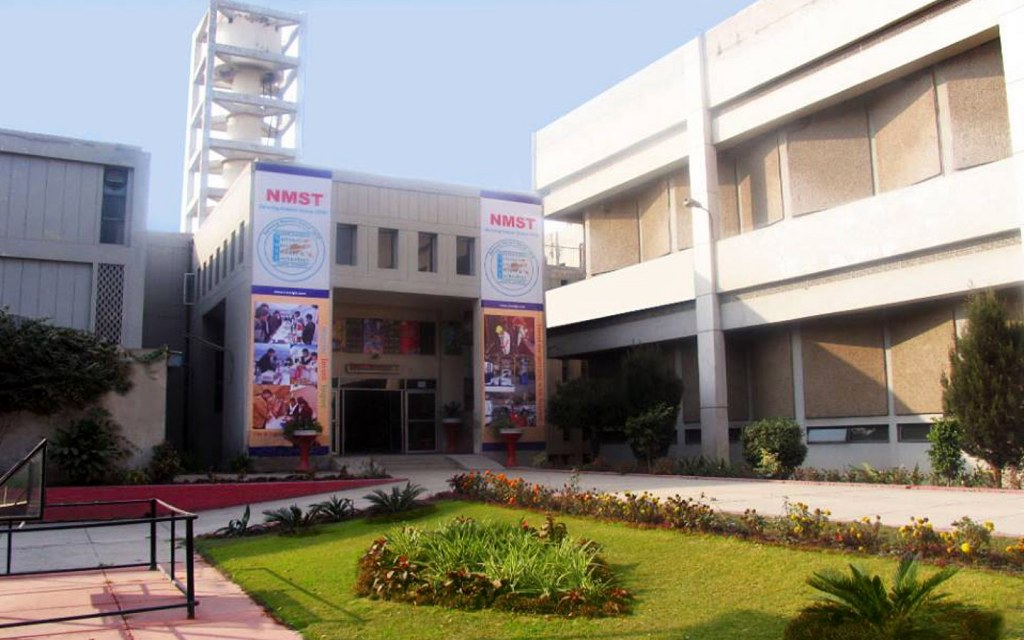
[Credits: Facebook/Science Museum Lahore – Nmstpk]
The purpose behind the creation of the museum was not only to preserve scientific exhibits and history but also to educate the masses with regards to the contributions made by science and technology for the welfare of the human race. The museum not only showcases a range of exhibits that are in line with its mission, but also hosts seminars, workshops, fairs, and other events to engage the general public and spread awareness of the role science plays in our lives.
The exhibits displayed in this museum revolve around a vast diversity of scientific topics, including light and optical illusions, sound, mathematics, engines and machines, electricity and magnetism, behavioural physiology, gems and stones, modes of transport, biology, natural history, history of computers, electronics and communication, satellites and rockets, medicines, molecular biology, and energy. The featured exhibits are the engine of a Rolls Royce, the working of a salt mine and a coal mine, as well as South Asia’s largest Foucault’s Pendulum.
National History Museum
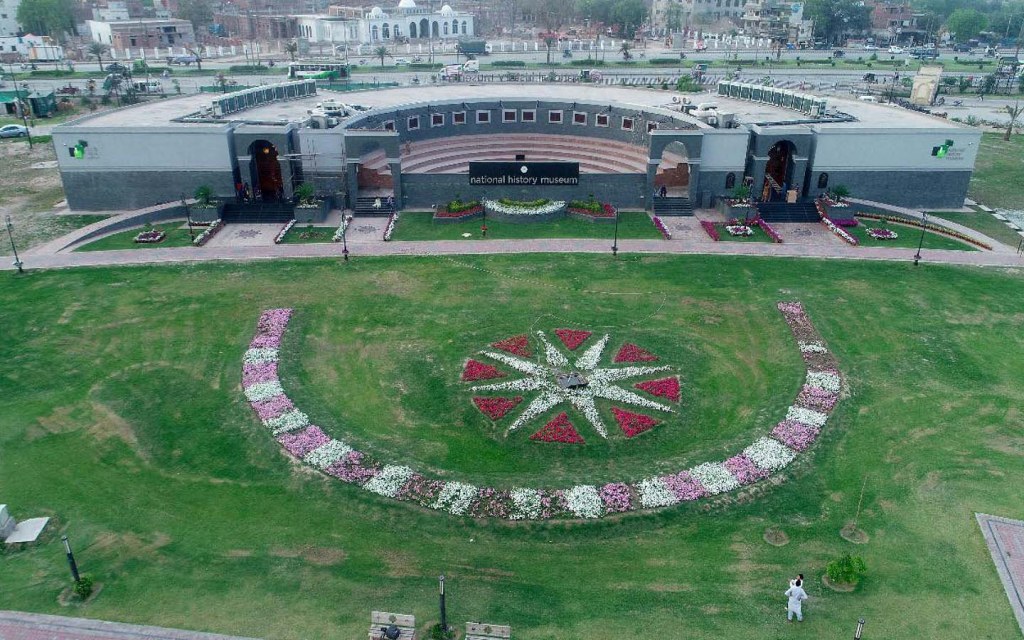
[Credits: Facebook/Exploring Lahore]
Located in Iqbal Park, the museum celebrates and preserves Pakistan’s ideology and its struggle for Independence. From the Pakistan Resolution and the Gandhi-Jinnah talks to the post-partition migration, the museum has a digital record of all of the major events connected to the partition of the Indian subcontinent.
Virtual reality, holograms, interactive screens, and 3D cinemas result in an immersive experience that takes visitors through the history of our ancestors. The semi-circle structure also contains a gift shop, a Heroes’ gallery, and an amphitheatre.
Faqir Khana Museum
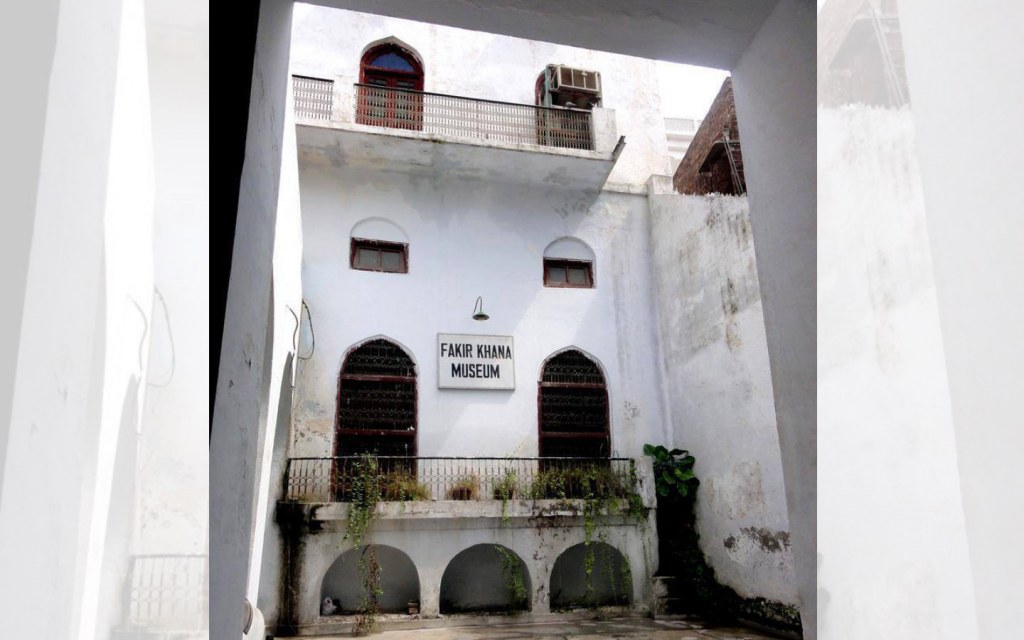
[Credits: Facebook/Lahore Travel Guide]
It was in 1901 that the Faqir family decided to open the doors of their home to the public. Some of the artefacts present inside include paintings, some Gandharan relics, around 10,000 manuscripts, miniature paintings, pottery, textiles, and statues, many of them from the Sikh era. The crowning jewel here is a painting of Nawab Mumtaz Ali that took 15 years to complete because it was painted using a single hair.
Shakir Ali Museum
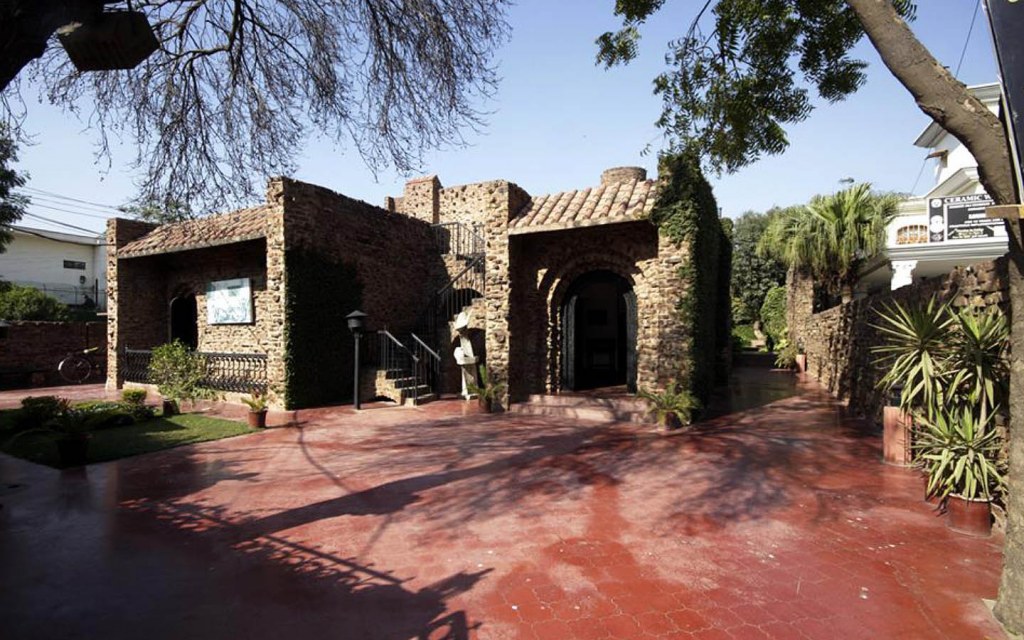
[Credits: Facebook/Shakir Ali Museum]
Shakir Ali built the house in his lifetime using burnt bricks, taking nearly 10 years to complete the construction. Aside from being a talented artist, he was also an art teacher and the principal of the National College of Arts (NCA). Each room in the house contains paintings, drawings and artwork, some made by the artist and others made for him by his devoted students.
The Shakira Ali Museum also contains a research library in its basement and hosts events like workshops and seminars, such as the event organised by PNCA in 2016 for the painter’s 100th birthday to pay a tribute to him and his work. The house is located in New Tipu Block, Garden Town.
Army Museum
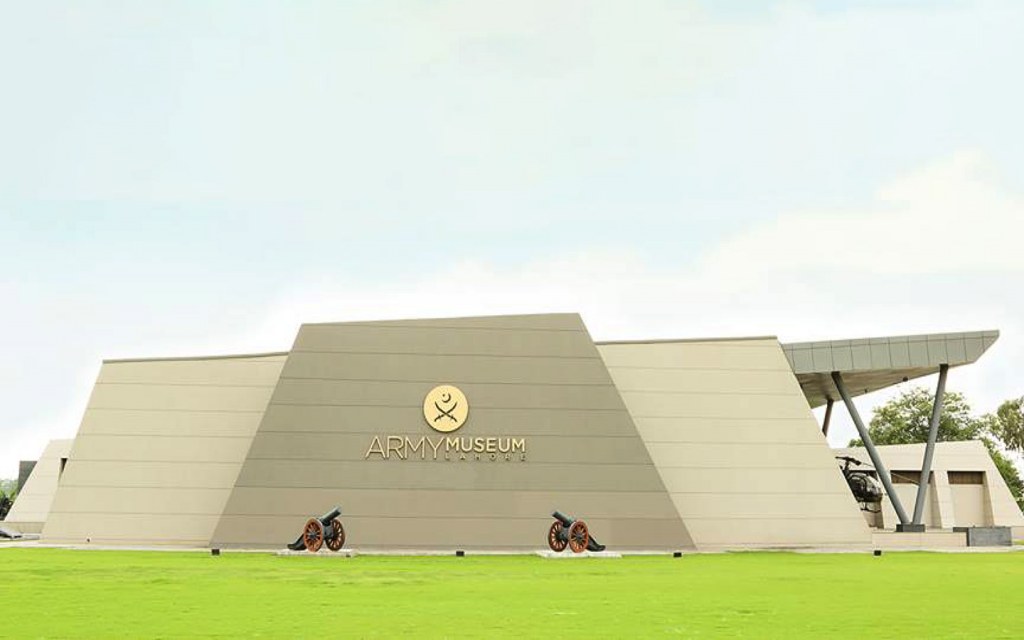
[Credits: Facebook/Army Museum Lahore]
The modern structure contains army tanks used during wars, an engraved collection of the names of the Shuhada-e-Pakistan with room for an ever-growing list, as well as statues depicting Commanders-in-Chief and the Chiefs of Army Staff of the Pakistani Army from Independence to date. Historical statues of wars being fought in the past and portraits of important figures line the walls, while an armoury of sorts has also been set up inside, showcasing all the different weapons used by our ground forces to protect the nation.
Chughtai Museum
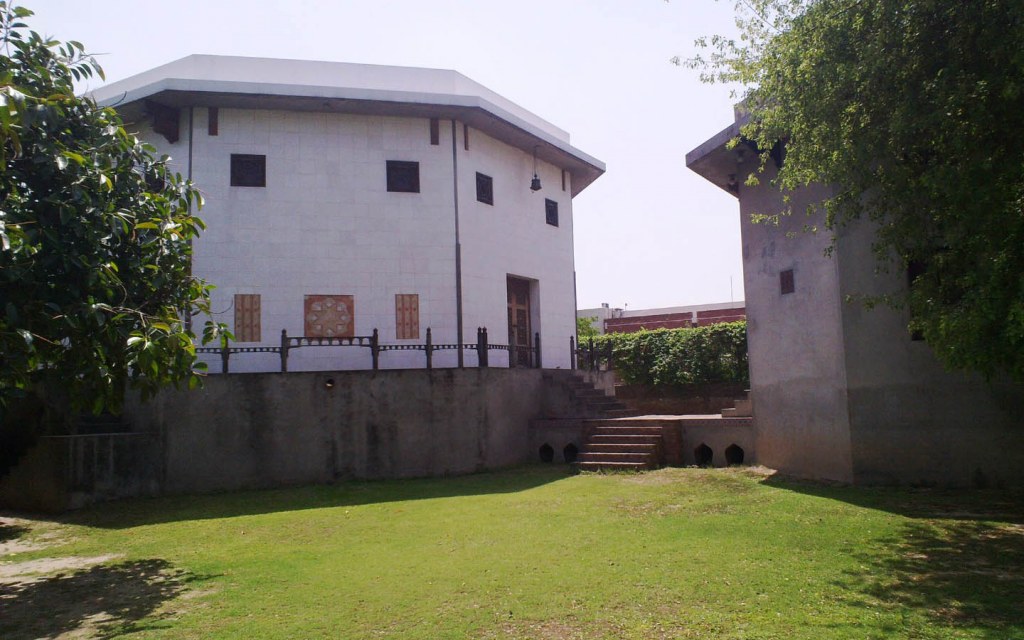
[Credits: Facebook/Pakistan – a Land of Many Splendours]
Chughtai was actually recognised as one of the greatest painters of Pakistan and produced around 2,000 watercolour paintings, 300 etchings and thousands of pencil sketches, along with designing many of Pakistan’s coins and stamps. He also designed the logo for PTV and his works are on display all over the world, including the British Museum, the UN headquarters, the Victoria and Albert Museum, and the President House and National Art Gallery in Islamabad.
These are some of the best museums in Lahore that are truly worth a visit for a journey through time.
0 Comments